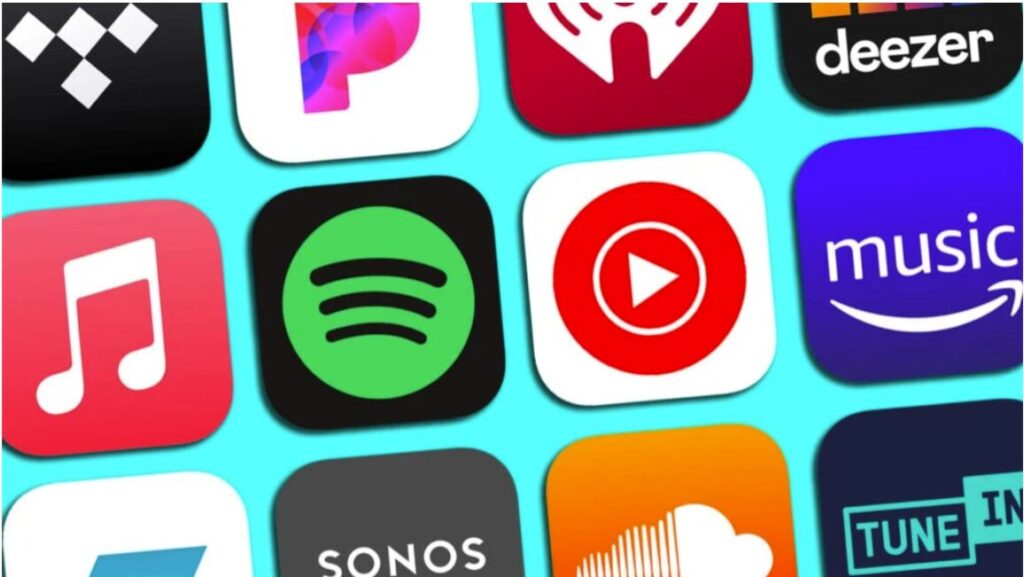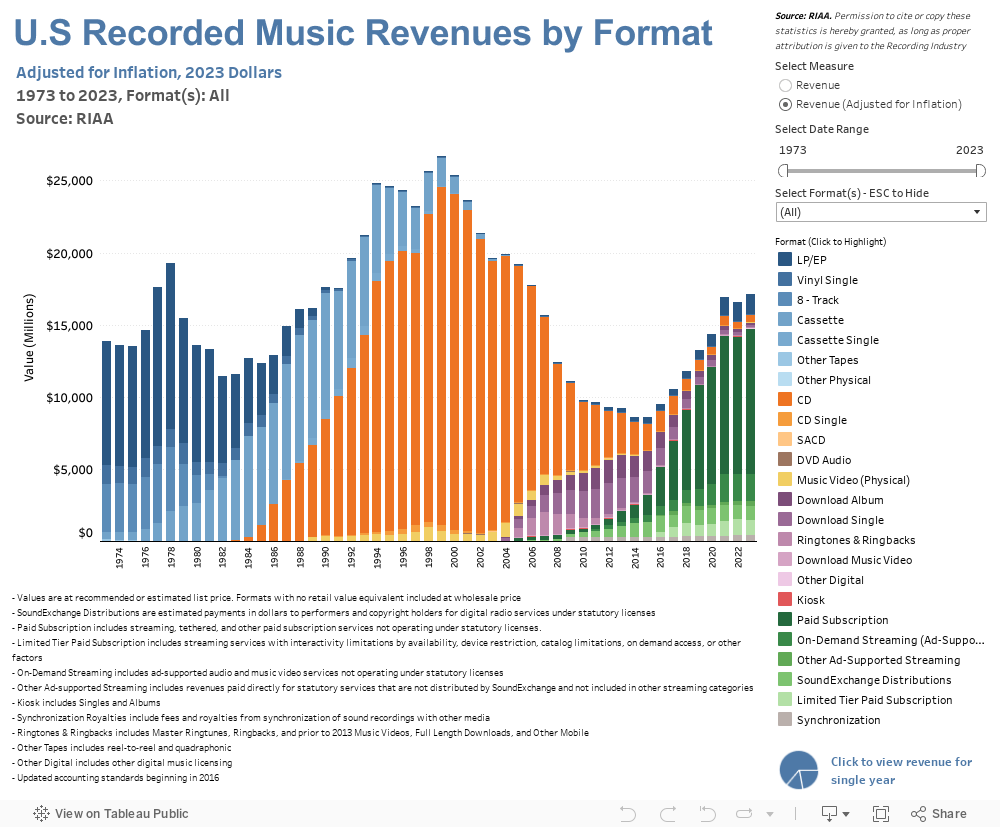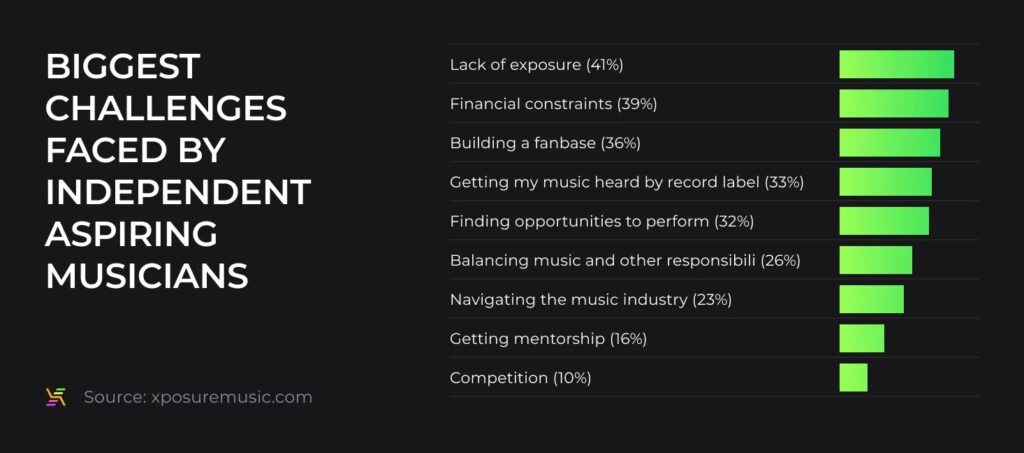The music industry is constantly evolving, and in recent years, we’ve witnessed a fascinating trend: major music labels are choosing to embrace independence. Historically, massive record labels dominated the industry, controlling distribution, production, marketing, and more. These conglomerates shaped the careers of legendary artists and controlled the bulk of the music that the world listened to. However, the 21st century has brought about major changes in how music is produced, consumed, and distributed, pushing many labels to explore a more independent approach. But why is this happening, and how does it affect artists and the labels themselves in the long run?

The Shift Toward Independence
To understand why major music labels are moving towards independence, it’s essential to look at the broader landscape of the music industry today. Several factors have contributed to this shift, and it reflects a dramatic change in how the industry operates.
1. Digital Disruption and Streaming Dominance
The rise of digital streaming platforms like Spotify, Apple Music, Tidal, and YouTube has fundamentally altered how music is distributed and consumed. In the past, major labels held a monopoly over physical distribution (CDs, vinyl, etc.), giving them control over which music reached listeners. However, streaming platforms have democratized this process by allowing anyone with an internet connection to upload their music and reach a global audience.
For major labels, this shift has diminished their traditional gatekeeper role. As a result, some have restructured their business models to function more like independent labels, allowing for more flexibility, innovation, and artist control. Labels no longer need massive distribution networks to get music into stores; instead, they must navigate an ever-changing digital landscape, where data, algorithms, and fan engagement are key.
2. The Rise of DIY Culture
The democratization of music production tools has also contributed to the rise of a “do-it-yourself” (DIY) culture among artists. Artists today can create high-quality recordings in home studios with affordable equipment, distribute their music on platforms like SoundCloud or Bandcamp, and market themselves through social media. This independence is empowering, and it has shown artists that they don’t necessarily need a traditional label to succeed.
In response, major labels have started to adopt strategies that mimic independent labels, offering more flexible deals that allow artists to retain greater control over their work. This shift helps labels stay competitive in a landscape where artists increasingly question the value of signing with a major label when they can self-release music and maintain ownership of their masters.
3. A Demand for More Artist Control
For decades, artists signed contracts with major labels that often left them with little control over their careers. Labels would decide which singles to release, how to market the artist, and even what creative direction the artist should take. This lack of autonomy led to many high-profile disputes between artists and labels. In response, both established and emerging artists have pushed back, demanding more creative control and better financial terms.
Labels, understanding that the power dynamic has shifted, have started to embrace more independent, artist-friendly models. By offering deals that allow artists to retain ownership of their music, receive a larger share of royalties, or even have a say in their marketing and distribution strategies, labels can still attract talent while adjusting to the changing landscape. In many cases, these deals resemble those typically offered by independent labels rather than the traditional major label structure.

4. Changing Consumer Preferences
Music fans have become more discerning in how they discover and engage with artists. With streaming services giving listeners access to virtually all recorded music at their fingertips, the power of curated playlists, direct fan engagement, and niche marketing has risen. Independent labels, which often have more personal relationships with their artists and audiences, have been able to capitalize on this shift.
Major labels, realizing that consumers want more intimate, personalized connections with artists, have tried to replicate this independent ethos. Many major label artists now engage with their fans directly through social media platforms like TikTok, Instagram, and Twitter, bypassing the traditional marketing machinery. Additionally, independent labels are often better at fostering authenticity, a quality that resonates with modern audiences.
5. Financial Flexibility
The traditional major label model involved signing artists to multi-million-dollar contracts, investing heavily in production, marketing, and distribution. But with the rise of digital platforms, music promotion has become more cost-effective, and the need for large upfront investments has diminished. Independent labels operate with smaller budgets, focusing on targeted marketing and audience-building through digital channels rather than mass-market campaigns.
This has made independence more appealing to major labels, as they can reduce overhead costs while still nurturing artist development. Independent deals typically offer more favorable terms to both parties, allowing for a more sustainable financial model.
How Going Independent Helps Artists
For many artists, the move toward independence—either through signing with an independent label or taking advantage of more artist-friendly deals with major labels—has several potential benefits. Here are some of the key advantages:
1. Creative Control
One of the most significant benefits of independence is creative control. Artists who work with independent labels or operate as independent entities often have much more freedom to explore their artistic vision without interference from executives or marketing teams. This can lead to more authentic music, as artists aren’t pressured to conform to commercial trends.
For example, independent artists like Chance the Rapper and Billie Eilish have achieved massive success by embracing their unique styles and eschewing the traditional music industry path. Both have retained creative control over their work, which has allowed them to connect with fans on a deeper level.

2. Ownership and Financial Freedom
Many traditional record deals require artists to give up ownership of their music in exchange for a contract. This means that even if the artist becomes wildly successful, the label owns the rights to their catalog and receives the majority of the profits. In contrast, independent deals often allow artists to retain ownership of their masters, which can lead to greater long-term financial success.
Artists like Taylor Swift, who famously clashed with her former label over the ownership of her masters, have highlighted the importance of owning one’s music. Independent artists who retain control over their intellectual property can benefit from revenue streams like sync licensing (where music is used in films, TV shows, or commercials) and future re-releases.
3. Direct Fan Engagement
In the digital age, artists can connect with their fans directly, building communities around their music without relying on traditional media channels. Social media platforms, live-streaming services, and fan subscription services like Patreon have made it easier for artists to maintain a direct line of communication with their audience.
Independent artists and labels are often better equipped to take advantage of these opportunities, as they are not bound by the bureaucratic processes of major labels. By fostering these direct relationships, artists can build a loyal fanbase that supports their work financially and creatively, even without the backing of a major label.
4. Flexibility and Adaptability
Independent artists and labels can be more nimble and adaptable than their major counterparts. Without the constraints of a large corporate structure, independent entities can quickly respond to changes in the music industry, from shifts in consumer preferences to new technological advancements. This flexibility allows artists to experiment with different release strategies, marketing tactics, and creative collaborations.
For example, the rise of TikTok has fundamentally changed how music is promoted and consumed. Independent artists have been at the forefront of this shift, using the platform to launch viral hits without the need for traditional radio or TV promotion. Major labels have been slower to adapt, but they are increasingly taking cues from the independent world.








